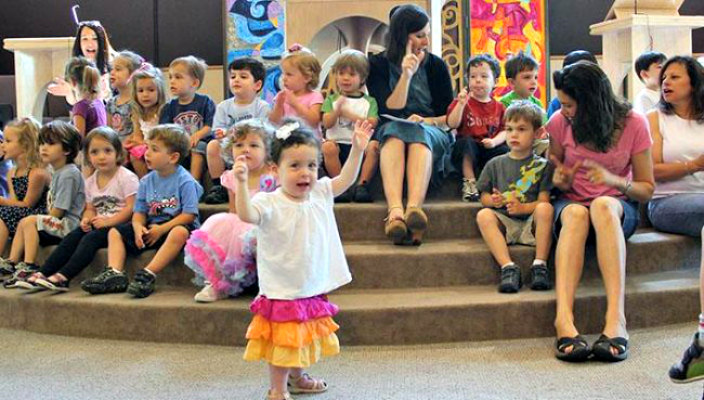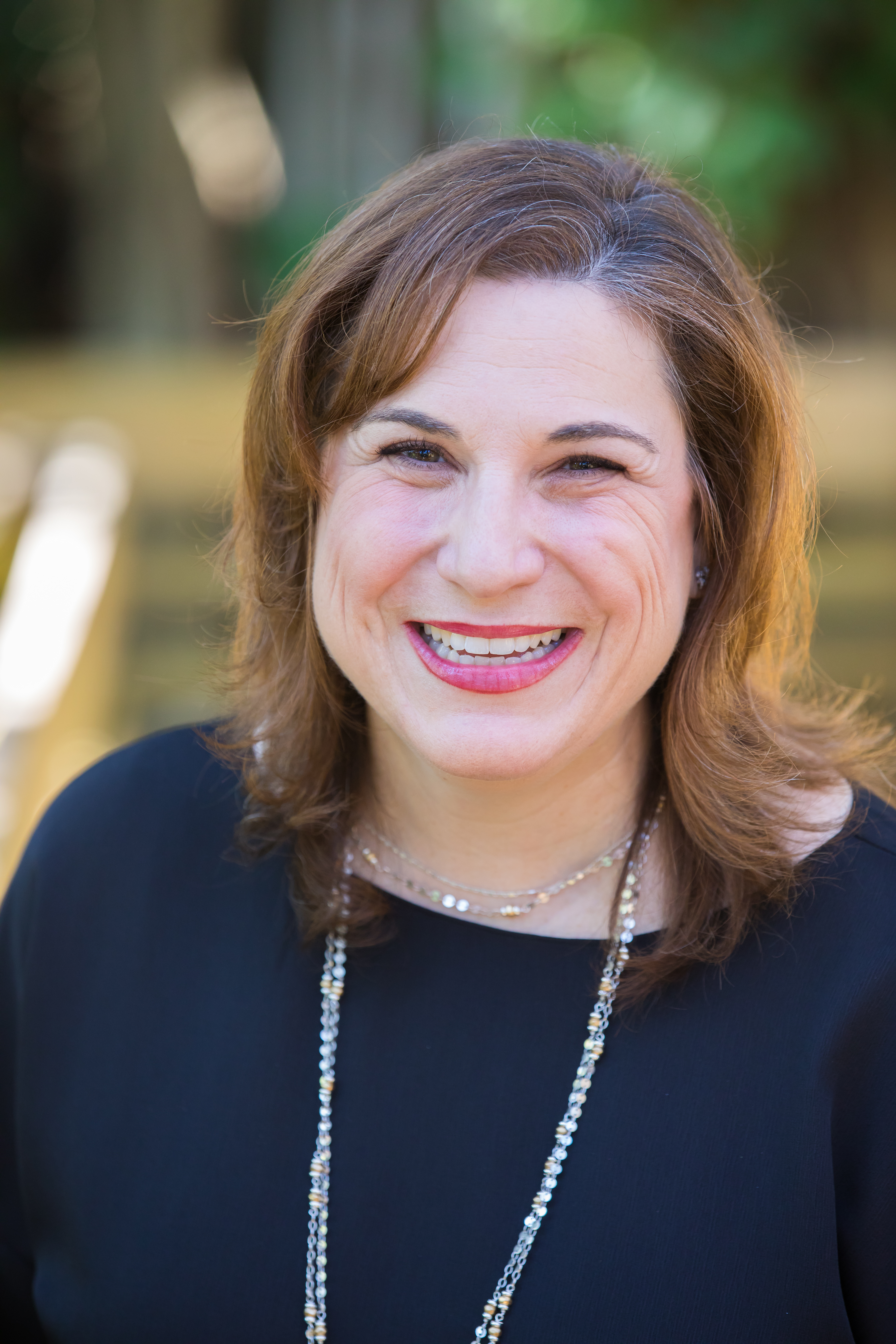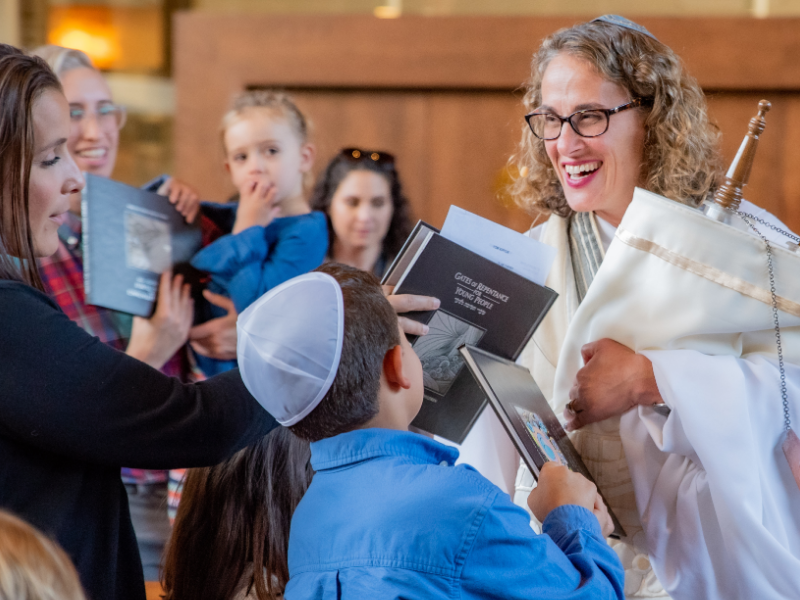
How does a national organization harness the power of individual and autonomous congregations to support each other as they experiment within the field of congregational Jewish education?
The Union for Reform Judaism has found a strong and meaningful vehicle in the Community of Practice (CoP) strategy, which convenes cohorts of congregational leaders for long-term, innovative learning about a topic of shared interest. Participating congregations form teams of lay leaders and professionals who connect with other teams, learn together, and apply their learning by experimenting in their community. We take pride in the fact that URJ Communities of Practice are currently connecting and working to inspire change in more than 100 congregations.
In the past seven months alone, 16 of these congregations have been in a CoP learning together to reimagine congregational education for families with children in grades K-7. Through the URJ Reimagining Congregational Education CoP, congregations are working to establish a new vision of education and engagement and explore alternative models of congregational education by learning both from each other and from expert practitioners. Through this work, congregations learn skills that help them think intentionally about all areas of congregational life.
This work has revealed to us several key principles about building capacity for leading change in congregational education. These include:
1. Sacred partnerships are critical and essential.
Successful relationships between lay leaders and professionals in a congregation are not merely ordinary collaborations; rather, they are sacred partnerships. Congregations in our CoP that move forward with innovation with the most strategic success have embraced this concept, adopting models of clear communication, partnership, and accountability between their professional educators and the lay leaders who are involved in congregational education.
2. Diverse voices at the table help lead change.
Having diverse voices at the table breeds opportunity for new expertise, investments, and resources. In congregational education, the task force shouldn’t be left solely to the care of those currently “using” that specific area of the congregation’s programming. By thinking differently and widely about whom to have on task forces, congregations can assemble a collective imperative of many stakeholders in the community.
Our CoP congregations have expanded their congregational education task forces beyond the “usual suspects,” including individuals without kids in their programs or individuals with older children who can share wisdom and experience.
3. Mission, vision, and values are driving factors.
Without a clear understanding of where a congregation is going, congregational leaders cannot determine what change will meet their needs. Each congregation must form a clear mission statement, which should meaningfully answer the question "Why do we exist as a sacred community?" With this statement in hand, each congregation can find clarity in their vision, which elaborates on what their community might look like when it is living that mission.
Vision-driven change is not a new concept. For decades, the field of Jewish education – led by the pioneering work of Dr. Isa Aron, Dr. Robert Weinberg, and the Experiment in Congregational Education project – focused on the critical role of vision-driven change and leadership. As we lead congregations in our CoP through a process of exploring various models and innovations, we repeatedly iterate that educational design must be driven by the congregation’s mission, vision, and values. There are endless educational options that creative and innovative educational leaders can imagine and design, but congregations must prioritize and focus in order to create impact. This requires mission-, vision-, and values-driven leadership.
4. Change comes in many sizes, and smaller changes should be celebrated.
Congregations should not undervalue smaller changes, as they can be monumental. We introduced our CoP to three types of change: developmental, transitional, and transformational.
- Developmental change is not radical change, but an improvement to the efficiency or process of delivering services or programs.
- Transitional change is not systemic change, but it fully replaces existing methods or processes in one component or sector of the system.
- Transformational change is radical systemic change that introduces completely new ways of doing things and intentionally impacts the culture of the institution.
We have learned that while some congregations begin with manageable developmental and transitional changes, eventually enough of these smaller changes lead to a transformational change or at least enable the institution to begin considering transformational change. However, transformational change doesn’t preclude the necessity to continually reflect on and rethink the program, which requires continual developmental and transitional changes to improve the overall systemic transformation.
5. Congregations are stronger working collaboratively.
National organizations often presume that they have the exclusive expertise to guide their constituents. The URJ’s CoP strategy, however, assumes the expertise is found within each congregation and its reserves of knowledge and experience. If each comes to the table motivated to offer these gifts and learn from others, the network thrives, the congregations flourish, and collaborations and partnerships emerge.
We saw this in our CoP gatherings when congregations shared challenges, offered thoughts, and evaluated new ideas together. The personal relationships these leaders built in person created a stronger foundation for the online collaborative work and support they have been offering to each other in one-on-one interactions and through discussions in the URJ’s online collaboration platform, The Tent.
The responsibility to lead change in congregational education lies primarily on the shoulders of each congregation’s sacred partners. In our complex communities, this is certainly challenging work. However, when we build leaders’ capacity to innovate, congregations can inspire educational creativity and build stronger Jewish communities that thrive now and for generations to come.
Julie Lambert, RJE, is the Union for Reform Judaism’s associate director of Communities of Practice.
Related Posts


